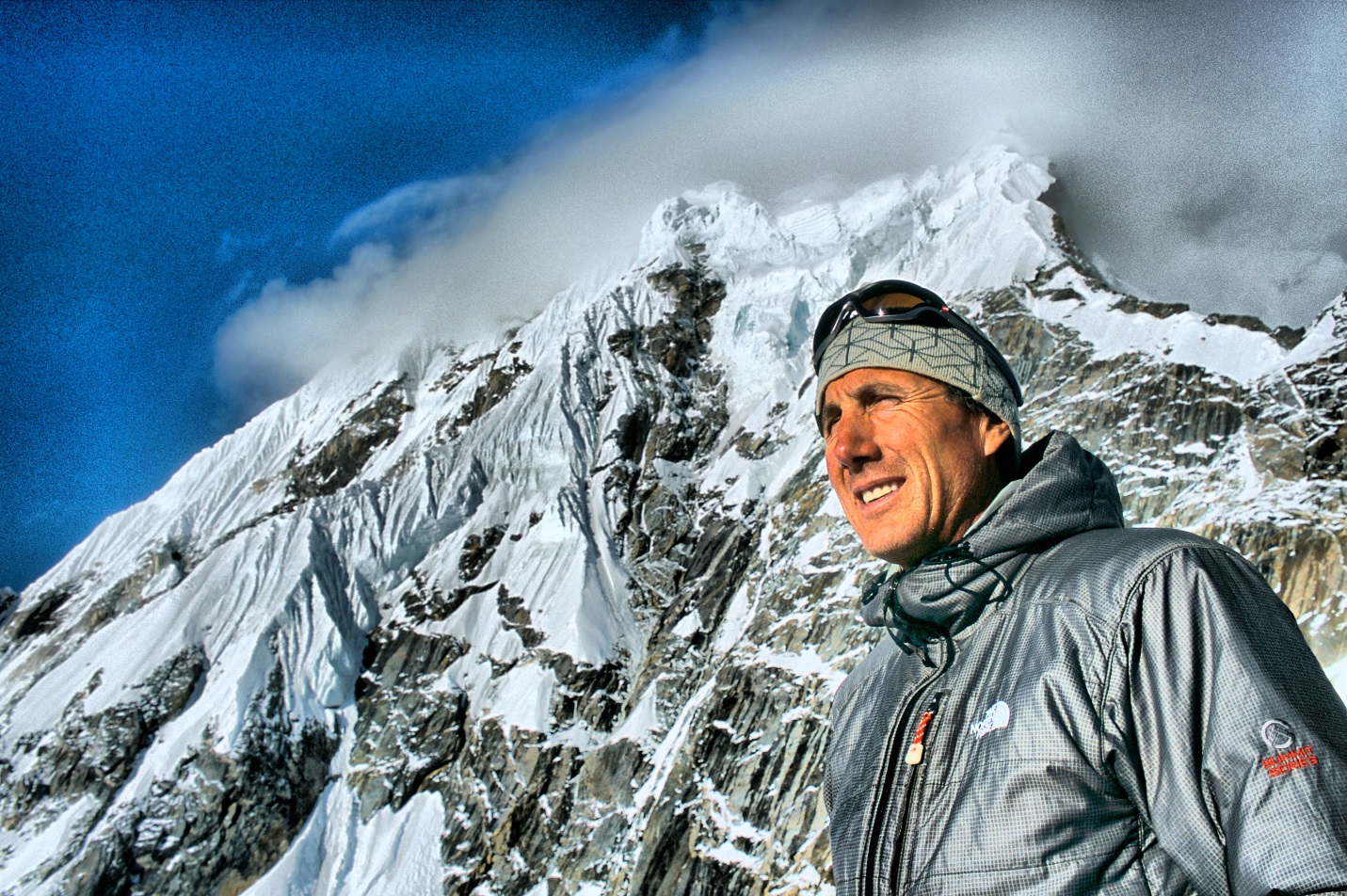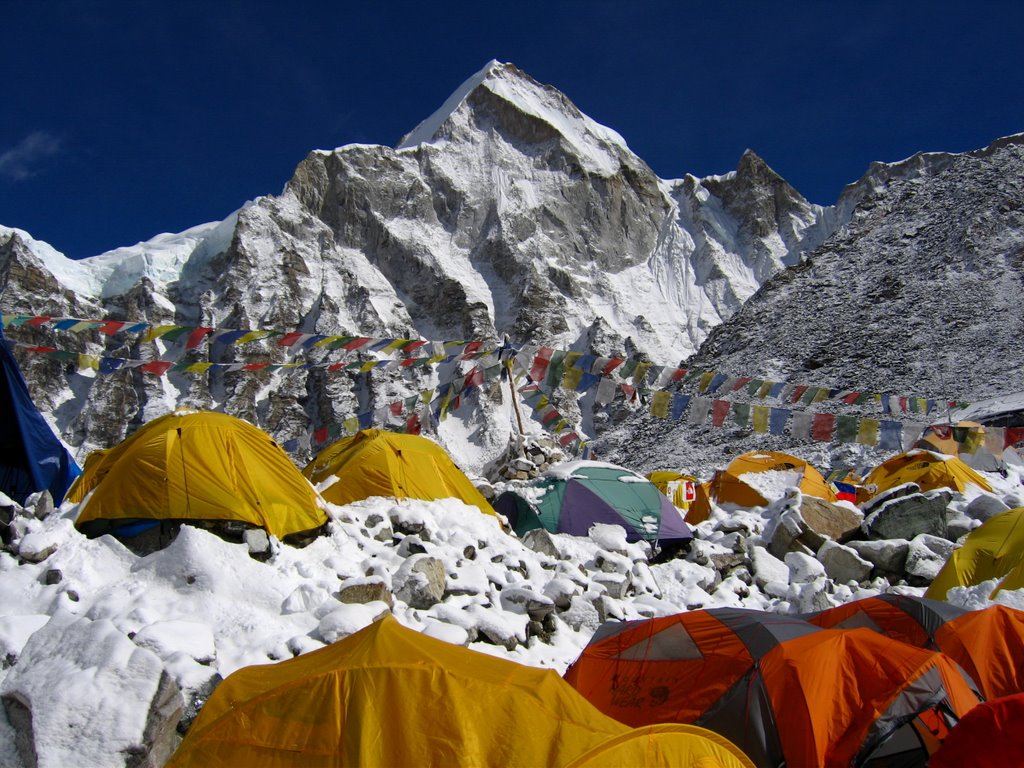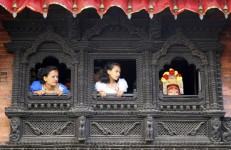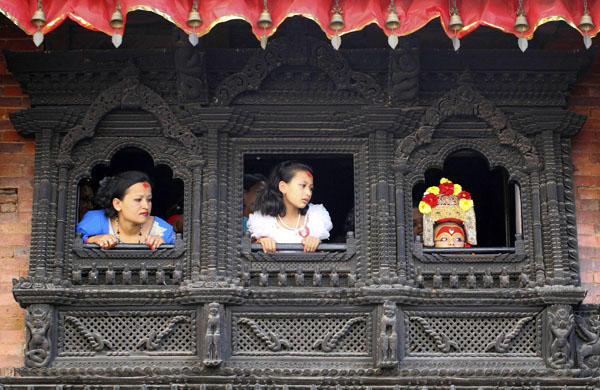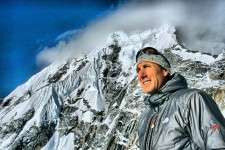
In the wake of the devastating April 25 earthquake and its subsequent aftershocks, one of the world’s foremost high-altitude mountaineers Saturday appealed to foreign visitors to come to Nepal as the country was in need of tourists now more than ever to revive its vital tourism sector.
Talking to this daily, Peter Athans, who summited Mt Everest seven times, noted that it was an opportunity for global tourism to help Nepal in time of need as the country was always very welcoming to visitors and travellers.
Peter, who is also embarking on a three-week trip to Mustang with his team to explore ancient cave dwellings as well as to summit a few mountains in the region, said there were numerous things to explore in Nepal beyond the world’s highest peak.
“Tourism sector in Nepalis really hurting now after the earthquakes and visiting tourists can only heal it,” he said, mentioning that it was also high time tourists gave back to the places they visited.
The motivational speaker is also highly concerned about ongoing recovery efforts. He says they should focus more on community-based approach. “From a high-altitude worker to a tea house owner along the hiking trail, recovery and rebuilding efforts must mean something to them,” he said, terming the country a tourist-friendly host with a big heart and an even bigger resilience.
Saying that the resilient communities were still struggling hard to rebuild their lives after the tragic disaster, the country’s tourism goodwill ambassador also requested world media to highlight the ongoing rebuilding process as well as the country’s flora and fauna that remains untouched by the earthquakes to their global audiences.
“It’s not the time to repeatedly draw global attention only to the rubble and debris as three months have already passed after the quake shook the nation,” he said, referring to the findings of recent assessment that substantiate the fact that the country is a safe destination for visitors with its famed nature and culture. According to him, the disaster has also brought all stakeholders together in efforts to build back a better country.
Peter arrived in Nepal for the first time in 1981. He said he has been visiting the Himalayan nation every year and has also led numerous expeditions to the mountains. Being a strong proponent of Sherpa culture, Peter has documented Sherpa talents at high altitude in books and films as his name has been synonymous with the exploration of Mt Everest. “Nepal has now become my first home and not the second one.”
Peter, who has also been awarded the American Alpine Club’s David J Sowles Award (with Todd Burleson) for unparalleled bravery and selflessness during the May 1996 Everest disaster, also launched Magic Yeti Library project to support children’s education.
The Bainbridge Island-based mountaineer is also associated with Himalayan Cataract Project that brings eye care to cataract patients in Nepal and has recently authored abook, Tales from the Top of the World: Climbing Mount Everest with Pete Athans. The highaltitude film-maker has earned credits on films for NOVA, National Geographic Society and also the feature film, ‘Seven Years in Tibet’.
Follow and share our more detail from our social media ; Facebook, Pinterest and Twitter.
Source: The Himalayan Times
Contact Us:
E-mail: sales@samratnepal





